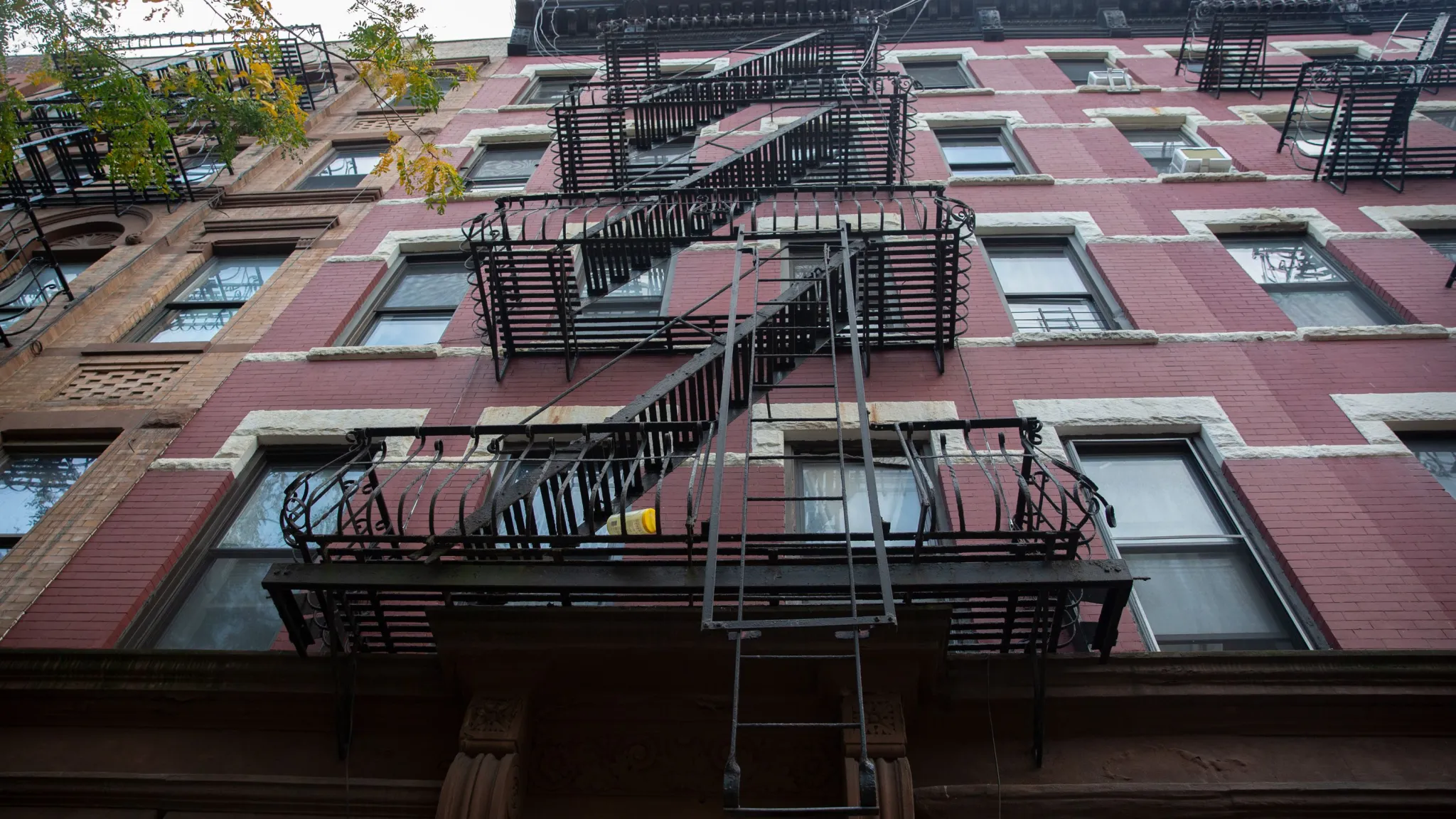More than 60,000 rent-stabilized apartments are now vacant — and tenant advocates say landlords are holding them for ‘ransom’
The number of empty regulated apartments nearly doubled between 2020 and 2021, a state memo obtained by THE CITY shows.

 This article was originally published on by THE CITY
This article was originally published on by THE CITY
During a worsening housing affordability crisis, New York City landlords are keeping tens of thousands of rent-stabilized units off the market — a phenomenon tenant activists call “warehousing.”
An internal state housing agency memo obtained by THE CITY shows that the number of rent-stabilized homes reported vacant on annual apartment registrations rose to over 61,000 in 2021 — nearly doubling from less than 34,000 in just a year as the city emerged from COVID lockdown.

Brooklyn Boro
View MoreNew York City’s most populous borough, Brooklyn, is home to nearly 2.6 million residents. If Brooklyn were an independent city it would be the fourth largest city in the United States. While Brooklyn has become the epitome of ‘cool and hip’ in recent years, for those that were born here, raised families here and improved communities over the years, Brooklyn has never been ‘uncool’.